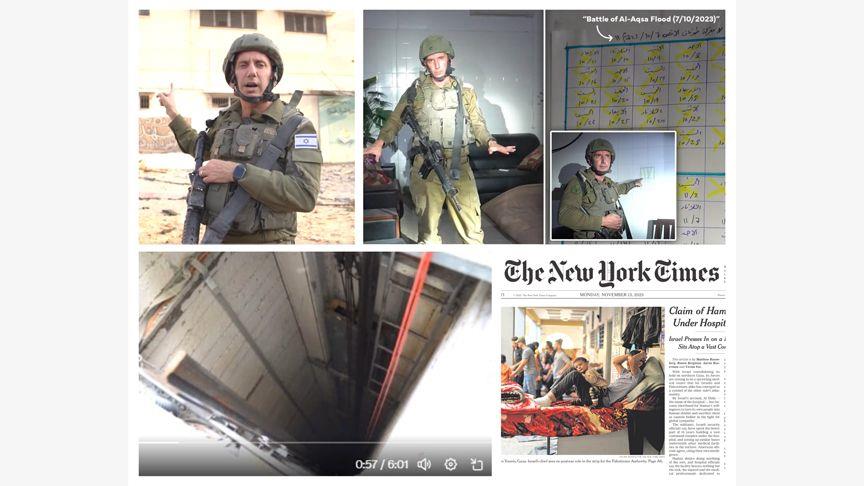In a striking revelation, the Israel Defense Forces (IDF) have confronted a New York Times narrative, releasing video evidence of a Hamas tunnel network under a hospital in Gaza. The IDF footage, which undermines the newspaper's front-page story that cast doubt on Israeli claims of Hamas militarization beneath medical facilities, illustrates the ongoing tension between media reporting and military intelligence.
IDF Spokesperson RAdm. Daniel Hagari provided a walkthrough of the tunnel within the premises of Gaza's Rantisi hospital. This IDF release directly challenges the New York Times' reporting and brings into question the newspaper's scrutiny of Israeli military actions in Gaza.
The New York Times has a history of contentious coverage regarding the Israeli-Palestinian conflict. In 2006, the publication of a photo essay, which included an image from Beirut after an Israeli bombing, was later questioned by readers. Recently, the newspaper had to issue a correction for a mislabeled photo that incorrectly identified an injured Jewish student as a Palestinian harmed by Israeli forces.
 |
|
IDF Spokesperson RAdm. Daniel Hagari walks through one of Hamas’ subterranean terrorist tunnels.
@IDF | X
|
The IDF's intervention calls attention to news organizations' challenges in verifying information during armed conflicts. The veracity of reporting in such scenarios is critical, as it can influence public perception and international relations. The New York Times' experience exemplifies the precarious nature of conflict journalism and the necessity for rigor in fact-checking and source evaluation.
These episodes of disputed reporting have larger implications, particularly as the United States sees a rise in anti-Israel protests and a troubling increase in antisemitic attacks. The association between these domestic occurrences and the portrayal of the Israeli-Palestinian conflict in the media is a matter of concern for both the Jewish community and advocates of unbiased reporting.
As the discourse on media responsibility in wartime continues, the New York Times' position on the IDF's latest evidence and its impact on the paper's credibility will be closely observed. The establishment media's role in shaping public understanding of complex international issues remains a pivotal point of discussion.
The accuracy and integrity of reporting on the Israeli-Palestinian conflict are not only crucial for informed public discourse but also have the potential to affect the safety and well-being of communities. With the IDF's recent counter-narrative, the dialogue on media accountability and the portrayal of conflict enters a new chapter that displays the importance of journalistic diligence and the pursuit of truth.
